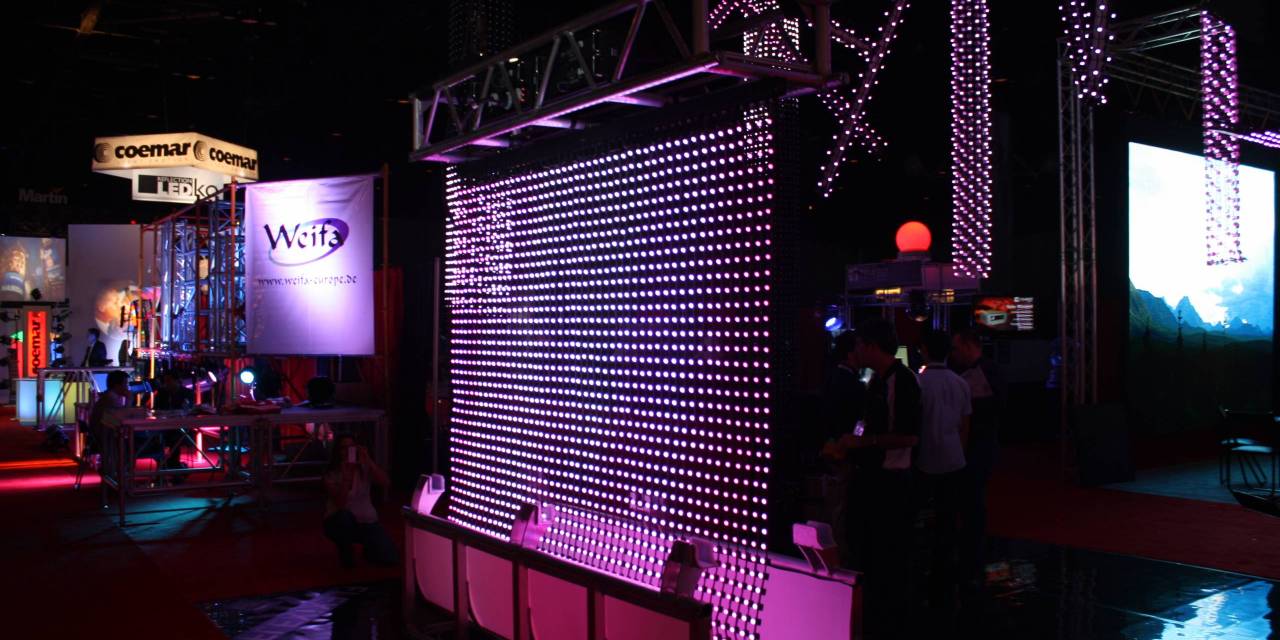No performance could go ahead without a hardworking and well-organised stage crew, and an integral part of this team is the stagehand, also known as a stage technician. Working behind the scenes, this vital crew member helps ensure that a production runs to plan.
The stagehand’s job is incredibly varied, from laying cables, building props and scenery and setting up lighting to helping performers dress, changing sets between acts and breaking down the stage at the end of the production. It can also involve operating machinery, lighting rigs and sound systems.
Essentially, stagehands are responsible for assisting with everything required to assemble, disassemble and maintain stages during productions. It’s a very generalist position and a typical day could involve any combination of the following:
• Transporting, loading and unloading all equipment.
• Setting up and testing lighting, sound, scenery, props, musical and other equipment according to set requirements.
• Moving scenery, furniture and other equipment during scene changes.
• Helping to construct, install and maintain sets, scenery and props.
• Painting set pieces.
• Attending rehearsals to learn scene changes.
• Helping the sound department lay out the pit, stands and so on.
• Operating light and sound systems during shows.
• Operating moving scenery and machinery to move parts of the set and scenery.
• Opening and closing the stage curtains between acts.
• Keeping the scenery, stage, backstage area and sets clean and in good condition.
• Assisting performers with wardrobe changes and other miscellaneous tasks.
• Ensuring all signs or banners are put up inside and around the venue.
• Disassembling and storing scenery, sets, props, electrical equipment and so on when the show is over.
Keep in mind that this isn’t an exhaustive list and it quickly becomes clear that stagehands are very busy.
Stagehands report to the stage manager and work closely with the set, sound and lighting designers. The job can be very physical, involving heavy lifting and lugging equipment around, as well as climbing ladders and working on high walkways above the stage.
It’s a demanding role that requires long hours. Stagehands help prepare everything for a performance, provide support during a show and clean up after the final curtain call.
The role requires a good general knowledge of everything that goes into making a good production. Its varied nature makes specialisation easy: carpentry, sound production, lighting, electrics and so on – it really depends on the individual’s own interests. There are no formal qualifications, but a love of theatre is very much required. The best way into the job is to get some experience – volunteering at a local venue is a good way in.
This is an entry-level position, but the skills and training acquired on the job allow the stagehand to move into more senior roles, such as stage management, sound or lighting design, set design, costume or even performing.
The exact nature of the job will change depending on the venue, as well as the show. A full-on production of La bohème (The Bohemians, Puccini, 1896) at London’s Royal Opera House will have very different requirements from a Gilbert and Sullivan operetta staged at a local corn exchange.
A touring show presents a new set of challenges that could include driving, setting up and breaking down the stage on an almost daily basis and ensuring that everything arrives at a new venue on time. Festivals are different again, and might require building a stage – or even several stages – in the middle of a field.
The stagehand has to master a huge range of tasks in order to keep a production on track. It’s a demanding role that provides a great insight into the workings of theatre. It’s safe to say that no show could go on without its stagehands.
Image
Stagehands assist with setting up sounds and lighting systems (FlexiFlex; Wikimedia Commons).

